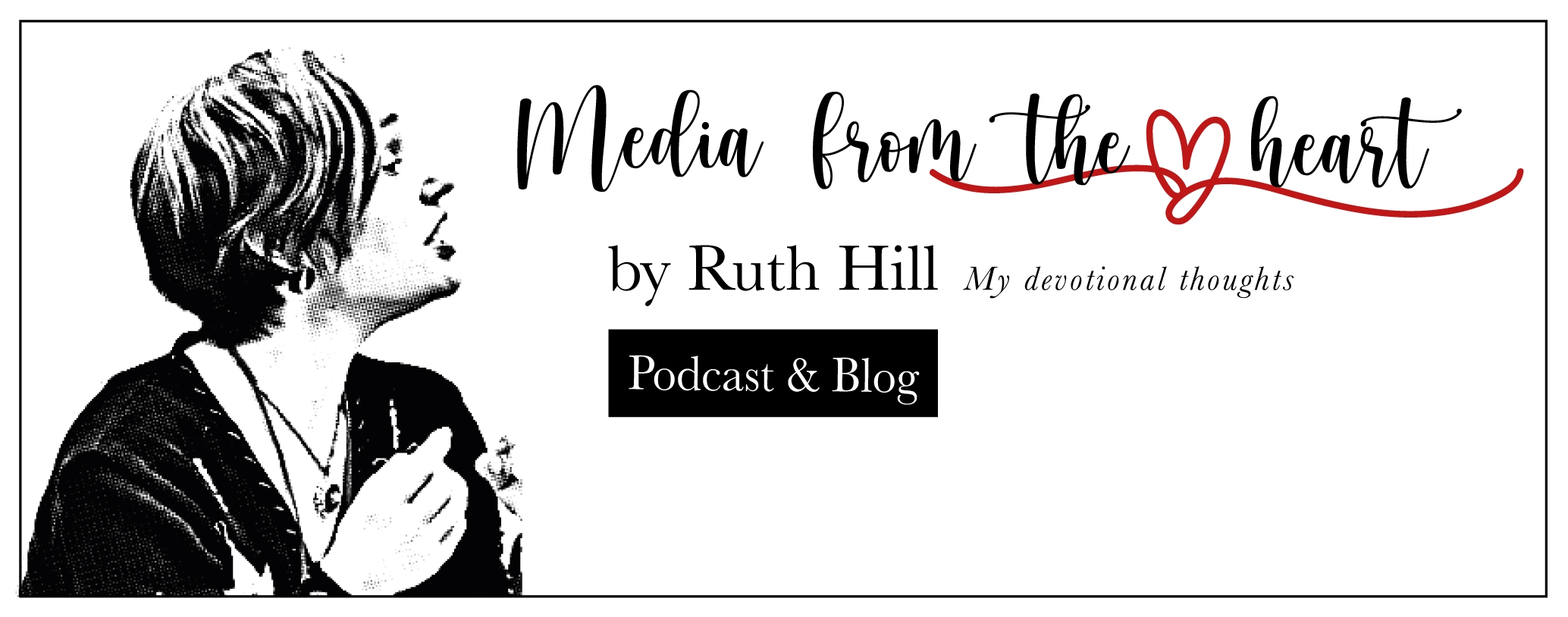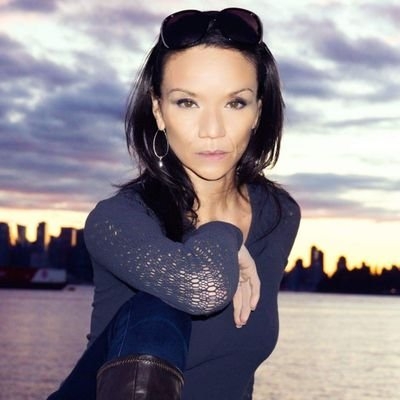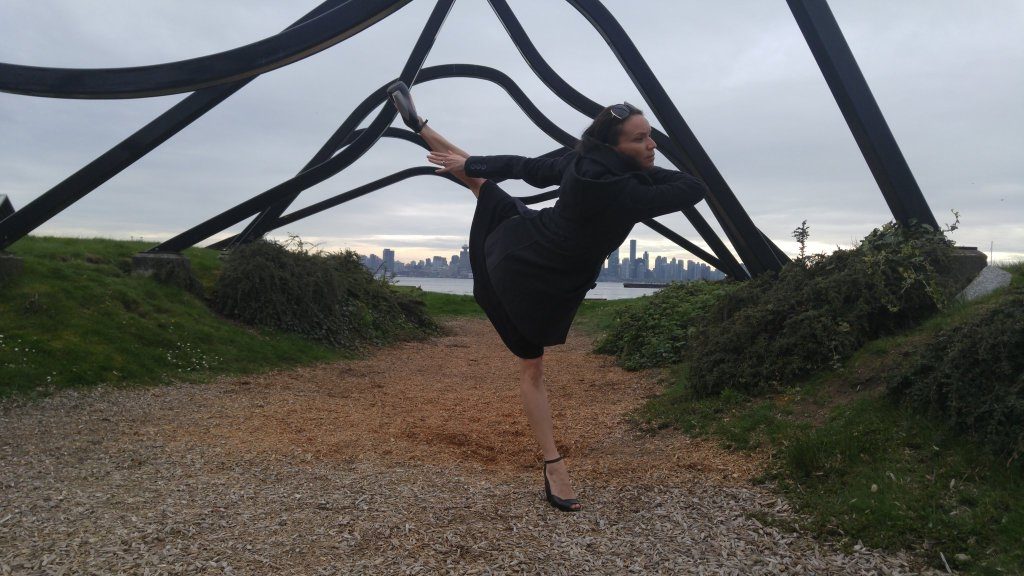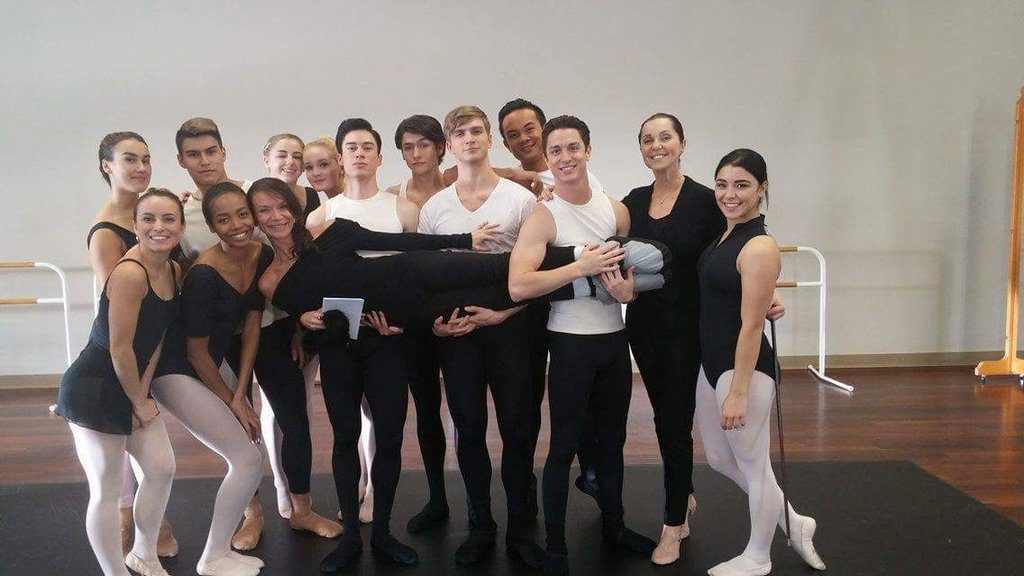Because my actress friend, Tara Wilson, was featured in Lifetime’s film, Center Stage: On Pointe, I had the opportunity to watch one of the hottest dance films around. I genuinely relished every aspect of the film, and I found the dancing particularly captivating. Therefore, it makes perfect sense for me to interview the choreographer herself, Monica Proenca, and she was quite honored to grant that coveted audience. She and I had a delightful and informative conversation earlier this summer, and we discussed her dancing career, the challenge and elation of working on this film, and specific issues that relate to the fine arts as a whole.
RH: Center Stage On Pointe was the first film that you choreographed, correct?
MP: Yes, that is correct.
What inspired you to become a choreographer?
Well, first of all, I have been a dancer my whole life. That is what I adore doing. I did really well in school and got to the university level. Although I really love chemistry, mathematics, and physics, and I did really well in school, dancing was my favorite thing in life. When I got to the university, I had to choose because I didn’t want to do university-level dancing and have so-so grades. Dancing was my favorite, and so I chose dancing.
Choreography, to me, came naturally I think because I’ve always been creative in terms of creating movement and exploring storytelling with my body. I thought that dancing was the most amazing thing because it merged storytelling with movement which was the thing that I loved to do. So as a dancer already, I used to create my art and movement.
I am Brazilian, and so I danced in a two different dance companies in Brazil for many, many years. When I moved to the States, I danced in Chicago. I started doing little classes here and there, workshops, mentoring younger dancers, and that’s when I started enjoying more choreography. And so I started producing my own work there.
When I moved to Canada, I did a collaboration with a dancer friend of mine in their company, and I spent eight years doing that. As time went on, I started doing my own. It’s a great passion. I love what I do.
So how did you happen to come from Brazil to Chicago?
When I was a teenager, there was a student exchange program that I was involved with, and so I was very lucky. Sometimes these programs lead you to smaller places in the States where not very much is happening, but I was very lucky because I got to go to San Francisco, and I enrolled in a School of the Arts, and I graduated from that school. So my journey to North America started there ’cause I got a lot of scholarships, and I was friends with the director who just retired last year. So I got to get the best dance education that way, although I had amazing mentors in Brazil as well. Even when I went back to Brazil, I kept in contact with the people here in the States. That way, I was able to come to the States regularly and take lots of courses. I went back and forth a lot. Everything I did throughout my career in terms of work, I worked my dance education around it until I was able to be on my own just dancing.
I was very impressed to learn that you are an intelligent woman as well as a creative woman. I love the fact that you were a good student and yet chose dance.
Well, thank you, Ruth, that’s very nice of you. I still love studying and learning new things, and I think that’s how it is with creativity, right? I usually tell my dancers, “If you were sitting down watching, what would you want to see? So that’s what the audience will expect from you.” I love mixing everything together to tell a story or create a mood. And this has been a wonderful journey for me. And of course, nobody can do anything without help, and of course, I have the help and the back-up of my mother. She is the most amazing person in the world, and she made all sorts of sacrifices for me because Brazil is not the most advanced country, and it certainly wasn’t back then.
So how did you get involved with this film Center Stage: On Pointe?
Well, I’ve been here in Canada for fifteen years. I have a friend who heard the producer of this film say out loud in front of everybody, “Oh, if anybody knows one, I need a choreographer.” Well, he asked me if I had my resume, and then he told the producer that he had this friend Monica, who is a choreographer. And so he asked for me to send my resume and my demo reel. I did send it, but it got put in a pile. My friend didn’t say, “Oh this is my friend, Monica, the choreographer I told you about.” The producer just grabbed my resume and put it in a pile. So I think they went through it, and then I got a phone call from the producer and the director both saying that they really liked my work. And then my friend, who was in the production, went, “Ah, that was my friend I was telling you about!” They didn’t even know that I was that person. And so it was very exciting and wonderful for me that they both chose my work out of that pile of other people.
Coming from the dance world where everything was live on stage, what differences did you notice between live dance and dance in the movie?
This is a very nice question because it’s completely different. Well, not completely different in terms of putting movement together, but as a choreographer for stage, you’re actually looking at the bigger picture. Is there an arm out of place? Is there a movement that can be done in a way that’s better? With technique and the storytelling, you look at one angle only. When you choreograph for film, you have to be mindful that the camera is going to take several different angles and it’s going to show your movement in different ways. Also, you have to think about the way the story is going to be conveyed. Sometimes story in film is told differently than on stage. In a movie, the movement is not always telling the story as it would be in a regular dance performance. The actors are there to tell the story. So you have to combine the story and the movement. And the other thing is with technique, you might be checking to see if everything is right with every dancer in the ensemble. You have to be mindful and look on the screen to see that what they are showing is the exact way they are supposed to be showing it. And a lot of them weren’t even thinking about that part. There were a lot of first-time dancers in the film, and being on camera is so different, so it was a little learning curve for everybody to make sure that what would show in the camera was the way it had been imagined from the outside. It was an amazing experience though. And as a choreographer, I was like a sponge with all sorts of new things to learn. I loved it. And it was a learning process for me because even though I had done a lot of my own choreography and filmed it, it is different when it’s a big picture, right?
I thoroughly enjoyed the film. I really enjoyed the dancing so much, and it seems like it’s well done.
That’s nice to hear, Ruth, because we do it with a lot of love, and it’s very important for us to know what the audience’s opinion is. I am very happy to share my story with you and everyone who will be reading this.
Now that you have worked on this film, are you interested in choreographing other films?
Oh, I would love to work on another film. It’s just not easy to find dance films as they are very rare to come by. Since this film, I have done so many other big projects, but they were all stage-related. I’m just seeing what other opportunities are out there and trying to see if more and more dancing is coming, which I think is amazing because we do have to put dancing out there for a bigger audience, I think. It’s stayed inside the theater for so long, and now it’s starting to come out, and I think that’s so fabulous. It’s my pleasure to be involved with it, and I would love to be more and more a part of it.
Is ballet your main background?
No, actually. Well, I should say yes, because that’s my foundation, but I took jazz, African, contemporary, and contemporary is my preferred genre. And merging contemporary on pointe–I love pointe. And for training, I did the Russian method, and that’s the first method I was really taught. My first priority is always studying a lot of classical, but I study other things too, which I love to mix with the technique from the ballet. Contemporary and contemporary ballet are two of my passions to choreograph, but I love to put the other influences into it. And when I was younger, I belonged to a hip hop crew for six months, and I had a lot of fun doing that. I love to incorporate different styles and different movements and also different types of music. I like to make the music enticing and tell the story by moving the body in ways you wouldn’t think of moving.
Another question I have is that it seems that today when people think of dance, they don’t think they have to take lessons. They don’t always want to invest time in learning the proper technique or taking classes. As a trained dancer, how do you get people turned on to the idea of taking dance classes and learning the proper technique?
This is an interesting question, so thank you. The thing is that dance in its purest form is like this. You can put the music on, and you can move to a tune. So anybody can dance if they want to as long as theyhave an open heart and the spirit for it.
Now, professional dance is something that involves more study. Your duty now is not only to have fun yourself, but your duty is to entertain and bring something to an audience. And if you want to do that, then you would have to take a proper study course. How do you go about telling people that that’s necessary for them if they want to be a professional entertainer? Well, I’m sure people love to go into a club and dance. However, if you want people to pay to go to a club and watch you dance all night, it’s a different category. Now we’re teaching people as a profession like any other profession. You should study, and you should learn how to do it so you can actually put your own creativity and your own spin on it if that’s what you desire to do. Going about that is still a little bit tricky. In the workshops and classes I speak of–when I encounter people and try to get them interested, I try to show them how much passion and how much joy I have in my profession as well as showing them the possibilities they can have in that profession. So it entices them to go and study more and look for genres they can be happy doing. Because a lot of times, taking ballet only doesn’t make somebody as happy as they would be doing hip hop or something like that. While hip hop came from the streets, even then, people found a way to make it be their own technique to teach other people. I think showing people how exciting and how it amazing it can be for their mind, spirit and body and also showing them everything they can do to become professional–even showing them that there is a profession. I think that’s the way to get more people to study.
That’s a really great answer. I run into the same thing as a musician since people don’t always want to learn the proper singing techniques. (pause) I do have one more question. I think you can speak to this well. It seems that whenever people want to make cuts due to funding, it is always the arts that get cut first. A lot of people don’t value arts education. What would you say to try to convince people that the arts are an important part of education?
As much time as we spend eating well and exercising and making sure that we have a healthy body that can take on everything we want it to take on, arts do the same thing for our soul. For instance, people are now into this great frenzy of these adult coloring books. They have animals, flowers and all sorts of coloring books for adults. They have these for people to help them calm down by getting some pens and doing some coloring. So if art is not there, how do you feed your soul? Because it’s music and singing and dancing and acting–we live with all those things. Our TV is always on. There’s always the next movie coming on that everyone always wants to watch. Everyone wants to know who’s the main musician who played the score and did the score for that movie. And pop music too. What part of art is not around us every day?
Again, that’s a really great perspective. And hopefully people are realizing how important the arts are. That art feeds your soul. I like what you had to say about that.
I love that we can use it, and everyone uses art every day, right?
I suppose since I am a teacher, so much of what Monica had to say resonated with me on an intensely deep level. Although I am no legitimate dancer, music and dance still share some of the same difficulties when it comes to promoting and funding, since they are performing arts that are viewed as unnecessary in light of school curriculum. Moreover, all too often, immaculate artistic performances appear to be accomplished with relative ease, and intensive study is questioned by those who are not aware of the time and preparation involved to create such awe-inspiring productions. As Monica and I both know, performing arts are as viable and as challenging now as ever, but sometimes the prevailing thought is that anyone can do that, and no one needs to be formally trained. This is a fallacy to which those of us who have witnessed trained and untrained performers can attest. Monica is indeed a forward thinker, and instead of battling against the changing times, she is willing to move ahead and choreograph films and other mediums as well as inspire young and old alike with the art of dance and choreography. As Center Stage: On Pointe is now available everywhere, I invite you to check out the film in the event you missed it. Moreover, be certain that you follow Monica at the various links below because something tells me we have not seen nor heard the last of this exquisitely talented lady.
FOLLOW MONICA
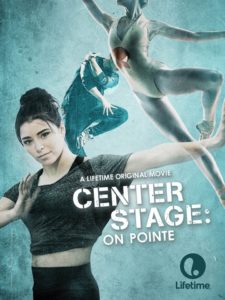 And if you are interested in purchasing the movie, Amazon and others carry it.
And if you are interested in purchasing the movie, Amazon and others carry it.
1 Comment
-
Fascinating! My DIL studied ballet—so graceful.
